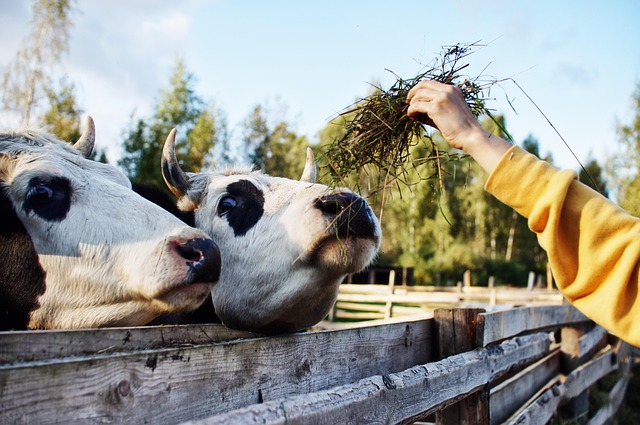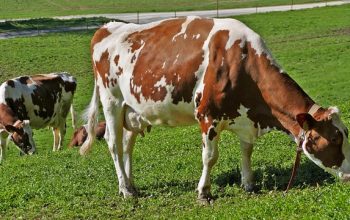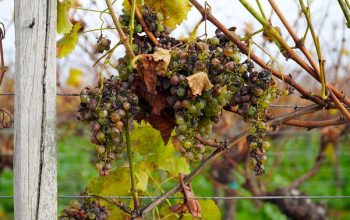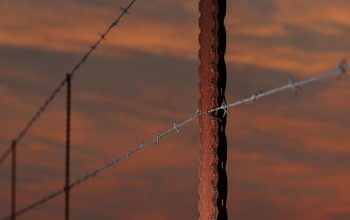No-climb horse fences are a vital solution for Ontario farmers facing varied terrain and weather conditions, offering reliable barriers to keep horses safe while allowing ample space to roam. Investing in these fences enhances farm safety and streamlines land management, optimizing grazing patterns and promoting healthier horse populations. Proper maintenance, including regular inspections and repairs, is crucial for long-term effectiveness. Installation requires adherence to agricultural regulations, focusing on structural integrity, inspections, suitable materials, and environmental alignment. These practices collectively enhance safety for both horses and farm managers, emphasizing the importance of regulatory compliance in farm fencing.
In Ontario, horse safety is paramount. No-climb horse fences emerge as a revolutionary solution, offering a secure alternative to traditional fencing. This article delves into the benefits of implementing farm fencing with no-climb features, exploring their structural design and how they prevent horses from escaping. We’ll guide you through installation best practices, maintenance tips, and regulatory considerations, ensuring your equine’s well-being while adhering to Ontario’s standards. Discover why these fences are a game-changer for horse owners in the province.
- Understanding No-Climb Horse Fences: A Safe Solution for Equine in Ontario
- Benefits of Implementing Farm Fencing with No-Climb Features
- Installation and Maintenance: Ensuring Longevity and Safety
- Regulatory Considerations and Best Practices for No-Climb Horse Fences
Understanding No-Climb Horse Fences: A Safe Solution for Equine in Ontario
No-climb horse fences are designed to keep horses safe within a designated area, preventing them from scaling or jumping over the barrier. This type of farm fencing is especially crucial in Ontario, where agricultural lands often have varied terrain and weather conditions that can pose challenges for traditional fencing methods. The unique design of no-climb fences incorporates specific features like staked posts, tensioned cables, and smooth, angled barriers to deter horses from attempting to climb or leap over them.
These fences offer a reliable solution for property owners and farmers looking to protect their equine while ensuring the animals have ample space to roam and exercise within a secure environment. By investing in no-climb horse fences, Ontario residents can enhance their farm’s safety measures, promoting the well-being of their horses and providing peace of mind.
Benefits of Implementing Farm Fencing with No-Climb Features
Implementing farm fencing with no-climb features offers a multitude of benefits for horse owners in Ontario, enhancing both equine safety and overall land management. These specialized fences are designed to deter horses from climbing or getting over, addressing a significant risk factor in traditional fencing. By preventing escape attempts and reducing the chance of injury, no-climb fences can offer immense peace of mind, especially in areas with steep terrain or proximity to roads.
Additionally, these innovative barriers contribute to more efficient land utilization. Without horses straying or becoming entangled, farmers can better manage grazing patterns, allowing for controlled access to fields and ensuring optimal vegetation growth. This results in healthier horse populations and more productive agricultural landscapes, making it a smart investment for Ontario’s farming community.
Installation and Maintenance: Ensuring Longevity and Safety
The installation of a no-climb horse fence is just the first step in ensuring equine safety on farms in Ontario. Proper maintenance is crucial to prolonging the fence’s effectiveness and keeping horses secure. Regular inspections should be conducted to check for any signs of damage, corrosion, or wear and tear, addressing issues promptly to prevent potential hazards. Cleaning the fence line is also essential, removing debris that could obstruct vision or attract wildlife.
Maintenance includes tightening connections, replacing worn-out components, and re-treatment of wooden posts with preservatives as needed. Staying on top of these tasks not only keeps the farm fencing in excellent condition but also guarantees the well-being of the horses, providing them with a safe environment to roam and play without the risk of scaling the barrier.
Regulatory Considerations and Best Practices for No-Climb Horse Fences
In Ontario, the installation of no-climb horse fences is subject to specific regulatory considerations within the agricultural sector. Farm owners and managers must adhere to local by-laws and provincial guidelines when implementing such safety measures for their equine. One key aspect involves ensuring the structural integrity of these fences to prevent any potential hazards or escapes. Regular inspections and maintenance are essential best practices to guarantee their longevity and effectiveness, particularly in various weather conditions.
Best practices also encompass selecting suitable materials and designs that align with the intended use and environment. For farm fencing, durable and robust materials that can withstand regular equine interaction and external elements are crucial. Additionally, proper fence height, spacing, and security features must be considered to deter climbing attempts while allowing horses adequate visibility and movement. These regulatory and practical considerations collectively contribute to a safer environment for both the horses and those managing them on Ontario farms.
No-climb horse fences are a game-changer in ensuring the safety of equines in Ontario. By implementing these innovative solutions, farm owners can benefit from enhanced security and peace of mind, knowing their animals are protected. The article has explored the various aspects, from understanding the technology to installation best practices, highlighting the importance of regulatory compliance. With the right approach to farm fencing with no-climb features, Ontario’s equine industry can thrive, ensuring a safer environment for these magnificent creatures.




